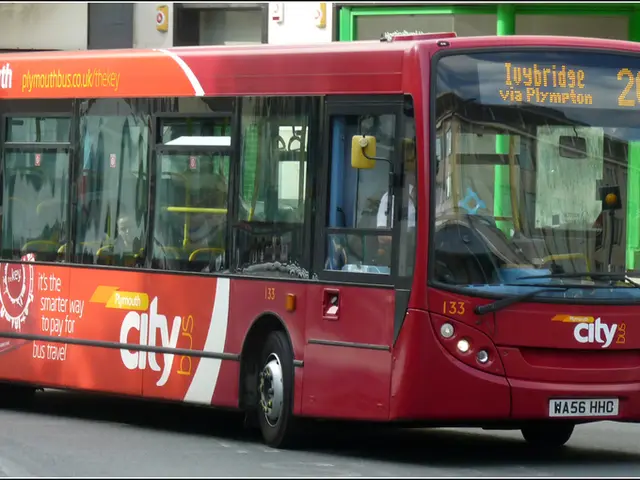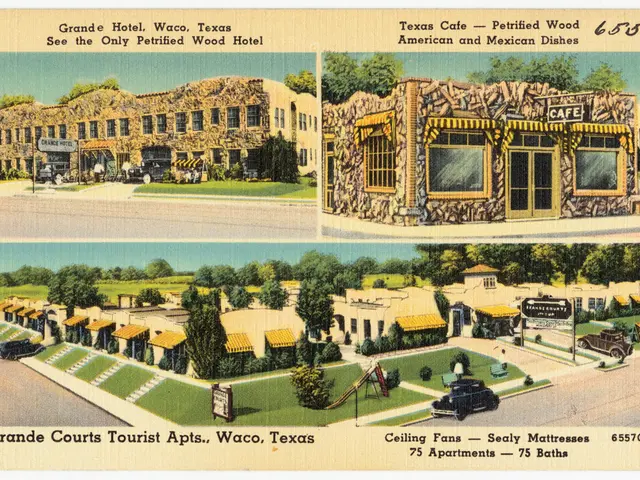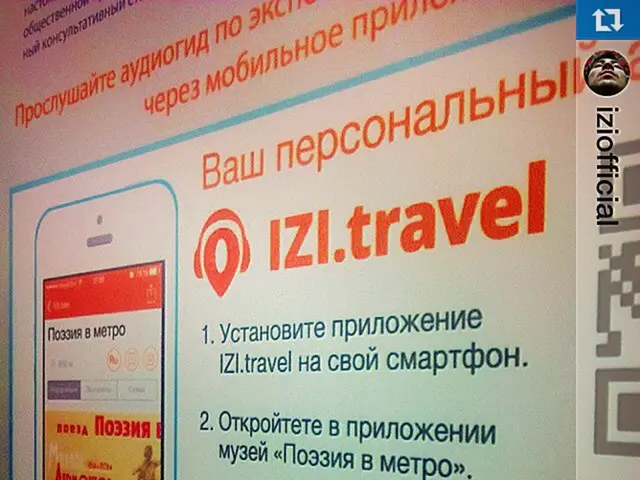Navigating Social Media Etiquette in the Year 2025
In a webinar hosted by the Public Relations and Communications Association's (PRCA) Digital Group on January 9, eight influential personalities in social media shared their predictions for the evolving landscape in 2025. Overarching themes emerged, outlining key directions for PR practitioners to navigate the rapidly changing social media landscape.
Amy Williams, one of the participants, highlighted the continuing tug-of-war between short and long-form video, with predictions indicating short-form content will account for over 85% of internet traffic by 2025. To capture the attention of viewers within 90 seconds or less, humor, trend-jacking, and exclusive access have proven to be effective strategies. However, long-form content is not being left behind, as brands are investing in content like episodic series and video essays, resulting in a 14.4% increase in live events and webinars on LinkedIn. Algorithms on social media platforms adapt to accommodate both formats, ensuring long-form video retains viable growth opportunities.
Moving away from the meticulous curation of Instagram grids, Danny Whatmough emphasized the importance of leveraging AI to deliver the right content to the right audience. Brands like Duolingo and Curry's have demonstrated that AI-driven content delivery can be more impactful than manually curated posts. While staying true to a brand's identity is essential, Whatmough urged brands to embrace a testing mindset, focusing on relevance and engagement rather than obsessing over perfection.
LinkedIn is no longer confined to thought leadership, as the platform is adopting elements inspired by TikTok, with creators utilizing street-style interviews and relatable storytelling to drive engagement. Professional influencers, such as Piper Phillips, blend career advice with personal anecdotes, showcasing the potential of people-first content on the platform traditionally known for formality. Notably, content from individuals generates five-times higher engagement rates than company posts on LinkedIn, while videos generate 40% more engagement than text posts.
Kate Matlock highlighted the growing trend of B2B marketing becoming less formal and more conversational. According to Matlock, younger, digital-first buyers desire entertaining, snackable content tailored to their interests, similar to consumers. Successful campaigns employ unconventional tactics such as unbranded memes or humorous videos, ultimately outperforming traditional marketing approaches.
Steve Parker discussed the transition from a 'social graph' to an 'interest graph,' with content now surfacing based on user preferences and behaviors rather than connections. Niche creators like @logagm, whose cucumber recipes have garnered lucrative creative partnerships with brands, flourish by tapping into their shared interests and delivering culturally impactful content.
Candace Kuss pointed to the resurgence of brand mascots, such as Duolingo's Duo and the New York Liberty's Ellie, as powerful brand ambassadors and content creators. Mascots enable brands to convey their culture and values, resonating more deeply with various audiences compared to human influencers.
David Gallagher discussed the demand for intimate, troll-free spaces, such as WhatsApp and Signal, which allow users to build niche communities centered around shared interests. Platforms like The Advisory Club, a professional group with 21 active subgroups discussing topics like AI and job boards, thrive due to their authenticity. Brands attempting to commercialize or treat these spaces like any other platform are likely to fail, instead focusing on fostering genuine interest-led engagement is key to success.
Louise Watson made a case for a new era of considered communication, emphasizing the importance of verification, pausing, and prioritizing understanding over reactive or clickbait commentary. Trust and authenticity are the cornerstones of this approach, epitomized by platforms like Bluesky, which are praised for their troll-free ethos, and demonstrate that audiences crave smarter, more thoughtful conversations. Communications professionals can play a pivotal role in fostering a shift towards more responsible, considerate social media conversations.
Image: William Krause / Unsplash
- In the rapidly changing social media landscape of 2025, Amy Williams predicts that short-form video content will dominate, accounting for over 85% of internet traffic.
- Danny Whatmough emphasizes the importance of using AI to deliver relevant content to the right audience, as demonstrated by brands like Duolingo and Curry's, which have seen more impactful results than manually curated posts.
- LinkedIn is moving towards a more engaging and relatable style, adopting elements from platforms like TikTok, with creators like Piper Phillips using people-first content to generate higher engagement rates.
- Steve Parker discusses the shift from a 'social graph' to an 'interest graph,' where content surfaces based on user preferences and behaviors, allowing niche creators like @logagm to thrive by delivering culturally impactful content.








